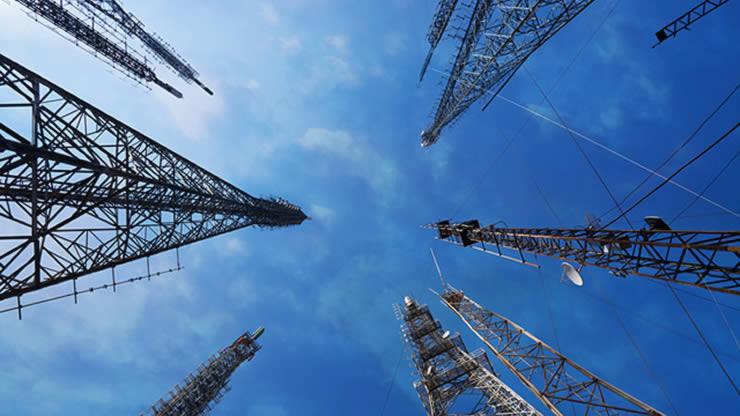

There are a total of 9 different frequencies used in the UK used by the mobile networks to deliver their 2G, 3G, 4G and 5G mobile services.
Each main operator in the UK utilises different frequencies to deliver their mobile networks, with the core networks being EE, O2, Vodafone and Three. Then there are also other operators, called mobile virtual network operators (MVNO), who utilise the backend of the core networks to offer their own services.
Frequency converted into bands: 800MHz (Band 20), 900MHz (Band 8), 1800MHz (Band 3), 2100MHz (Band 1) and 2600MHz (Band 7)
You shouldn’t need to worry about this too much as all UK handsets will support at least some of the frequency bands used by each UK network. This is only really a concern if you’re buying an imported handset.
In order to check if your phone is compatible you need to get your phone’s specification from the manufacturer’s website and find out the frequencies and bands it supports, which you can then reference to the tables above.
In order to get maximum speeds and coverage you want your phone to support all the bands offered by an operator, but don’t forget to check coverage and speeds in your area before making a final decision.
A number of frequency bands are used for 4G LTE in the UK. There’s the 800MHz band, the 1400MHz / 1.4GHz band, the 1800MHz / 1.8GHz band, the 2100MHz / 2.6GHz band, the 2300MHz / 2.3GHz band, and the 2600MHz / 2.6GHz band.
This wasn’t always the case. Originally only three bands were used for 4G in the UK. Below we cover those three in depth, as combined they provide a snapshot of the strengths and weaknesses of all 4G frequency bands. Under that you’ll find basic information on the other 4G bands, and on bands used for 5G.
The 800MHz frequency band is one of two which was auctioned by Ofcom in February of 2013. Previously this band was used to provide analogue television signals, but since TVs switched over to digital it was freed up to be used with 4G.
The lower the frequency of the band the further it can travel, so the 800MHz band is the most adept at travelling over long distances, which means users can get a 4G signal even when they’re a long way from a mast. This becomes particularly useful in rural areas where masts are likely to be quite spread out.
However, it also has some advantages in cities, because low frequencies are also good at passing through walls and other physical objects. So the 800MHz band is good for indoor coverage and for heavily built up areas where a signal might otherwise struggle to travel.
On the other hand it has a comparatively low capacity, as it was only available in small 5 and 10MHz blocks, which means that it can’t always deal brilliantly with lots of people trying to connect at once, particularly if they’re carrying out demanding actions such as streaming HD video. So even in places with a good connection it may not always deliver consistent speeds, especially in urban areas where there’s likely to be a lot of data traffic.
The 2.6GHz band is the other frequency which was auctioned by Ofcom in 2013, and it’s essentially the opposite of the 800MHz band. So it’s not great at travelling over long distances, meaning that masts need to be closer together to deliver reliable coverage and as such it’s not so suited to rural areas.
It’s also not all that adept at penetrating walls, so indoor signal on the 2.6GHz band won’t always be perfect.
But on the other hand with 35MHz blocks available it has a high capacity. So it can cope with thousands of simultaneous connections, which in that sense makes it a good fit for cities and other busy areas.
1.8GHz frequency band
Unlike the two frequencies above, the 1.8GHz one wasn’t auctioned, instead it’s a frequency band which EE already had access to and which now other networks to too. As you might have guessed, the 1.8GHz band falls somewhere in the middle of the other two.
Over time, networks have acquired or repurposed frequency in other bands for 4G use, and their general strengths and weaknesses equate to how high or low frequency they are, but they all sit in between the extremes of the 800MHz and 2.6GHz bands.
However, while that’s true of 4G, it’s not true of 5G, for which networks are using higher frequency bands, primarily the 3.4GHz one. Being this high frequency it’s relatively short range and poor at passing through obstacles. As such, 5G infrastructure is set to be far more common, with lots of small cells close together to help fill in the gaps between big masts.
Going purely on the frequencies and amounts of spectrum that each network has EE is in by far the best position, at least when it comes to 4G, though Three has the most spectrum that’s ideal for 5G use, which could give it an edge going forward.
None of the networks are short of 4G spectrum though, and all should have more opportunities to acquire spectrum suited to 5G.